The Do’s and Do Nots of 21st Century Resumes and CVs
Resumes, Curriculum Vitae, or even Culinary Geneology are all ways that many restaurants, especially in the United States, begin to consider new employees. Long gone are the days you simply knocked on the back door of a place and ask for work. Much like the rest of corporate America knowing how to write yourself onto a sheet or two of paper is one of the best ways to put your foot in the door.
The typical advice has always been to keep a resume down to a single page of the most relevant information you need to apply for a job. When starting out this is excellent advice however, after several years and various jobs and positions it can feel restrictive, even foolhardy to try and keep that format up. When that point arrives it is almost always better to switch to a Curriculum Vitae (CV) where the experiences are detailed and organized. Everyone knows what a fry cook generally does and what is nominally expected of them; clean and maintain the oil levels, blanch and cut fries, probably control some of the sauce preps for a station. However, say that your job also involves breaking down whole fish or prepping Bronzino for a menu item, in a resume it would generally be missing but in that CV it’s easy to mention it as a simple byline: “experience in breaking down whole fish.” Now not only is your fry experience outlined but your training in the basics of fish butchery are as well even if your job position isn’t necessarily “poissonier” or “Boucher” if the original brigade system still rang true.
Taking advantage of the different formats available becomes a huge plus when you understand how to properly take advantage of them and sell yourself accordingly. All too often as young cooks it is easy to get lost in the big picture of cooking and forget that you yourself are a commodity. Learn to sell yourself and oftentimes the difference in experience can be taught to make up for itself. When I became the Tournant for a multimillion dollar company last year not only did I not have any experience with the style of cuisine involved but I had also not worked anything as casual or high volume. That said my CV had shown a propensity for taking challenges head on and I was hired on at my above my desired pay rate. This is not to say that if you can write a CV or resume well enough that you will never have to put the work in. On the contrary I always felt the need and desire to work harder than not just the cooks under me but harder than my sous chefs. Harder than my CDC, harder than the person whose job I wanted. You have to continually bust your ass or you will have someone come behind you and outwork you all day long.
My personal CV is roughly outlined as such:
Name
Phone Number
Address
City, State ZIP
Most Recent Place of Employment (Restaurant Name or Company)
Job Title
Time of Employment (as exact as possible)
Duty 1
Duty 2
Duty 3, etc.
Next Most Recent Employer, Etc.
Training
Education (including high school graduation or ged where applicable)
Certifications (bar cards, OSHA Cards, etc. including expiration dates)
Additional Skills (experience in Excel, office skills, bilingual languages are all great to include even at non management levels.)
References (Always keep this list up to date. If one of your references has recently changed job titles or locations make sure to reflect this as attention to detail matters and also establishes you have an ongoing relationship with that reference making them more reliable for a recommendation.)
Reference 1:
Current Job Title and Location
Working Number for Reference
Reference 2:
Current Job Title and Location
Working Number for Reference. Etc.
Now the point of this format is not just to have it be copied, pasted, and filled out; rather it should be used simply as a guide to creating your own resume or CV to properly represent yourself to your prospective employer, client, or partner if you’re looking for investors. Properly working a CV is a lifelong skill that will allow you to generate relationships and opportunities that may not have been existent before hand. My current CV is over 4 pages long and reads more like an academic resume because that’s what my background was for a long time and it keeps my job history linear. For those with both BOH and FOH experience all it takes is creating two sections of Previous Employers to keep the types of jobs separate. It takes time to figure out but it works in the end.
With all skills it takes time to truly become competent at writing yourself on a page. Thankfully most places ask for a stage to see not only how you’d fit into a kitchen, but also to see if you even like the place yourself. I have turned down offers after a stage, most of us have, never feel like you have to say yes every time you get an offer- but I can at least thank my CV for getting my foot in the door to begin with. As always I hope you can find a nugget or two to help improve your career paths and set you down the road you want to be on. May your mods be few and your stations clean. Till next time. -III
Clifford Smith is a Chef formerly of New Orleans but now working and residing in Tennessee. When not working he can often be found reading, working towards improving culinary education for cooks and enjoying time with his family. You can follow his story more closely on Instagram by checking out @chefcliffsmith

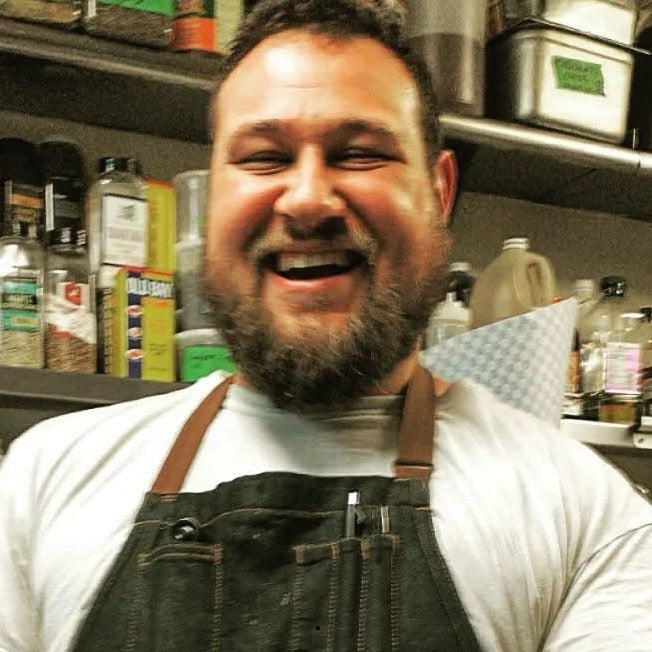
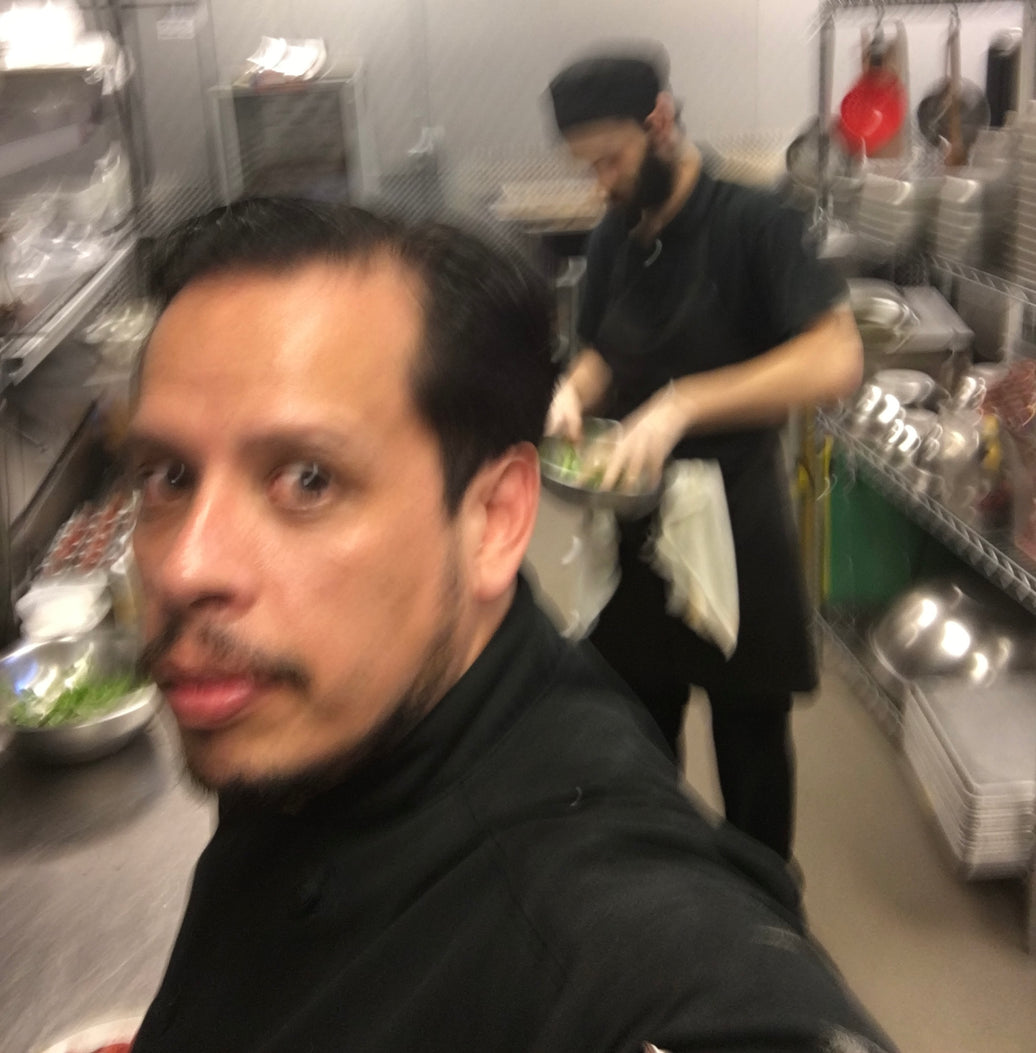


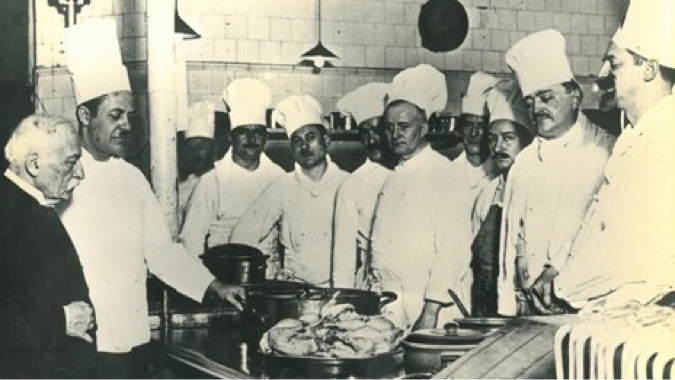

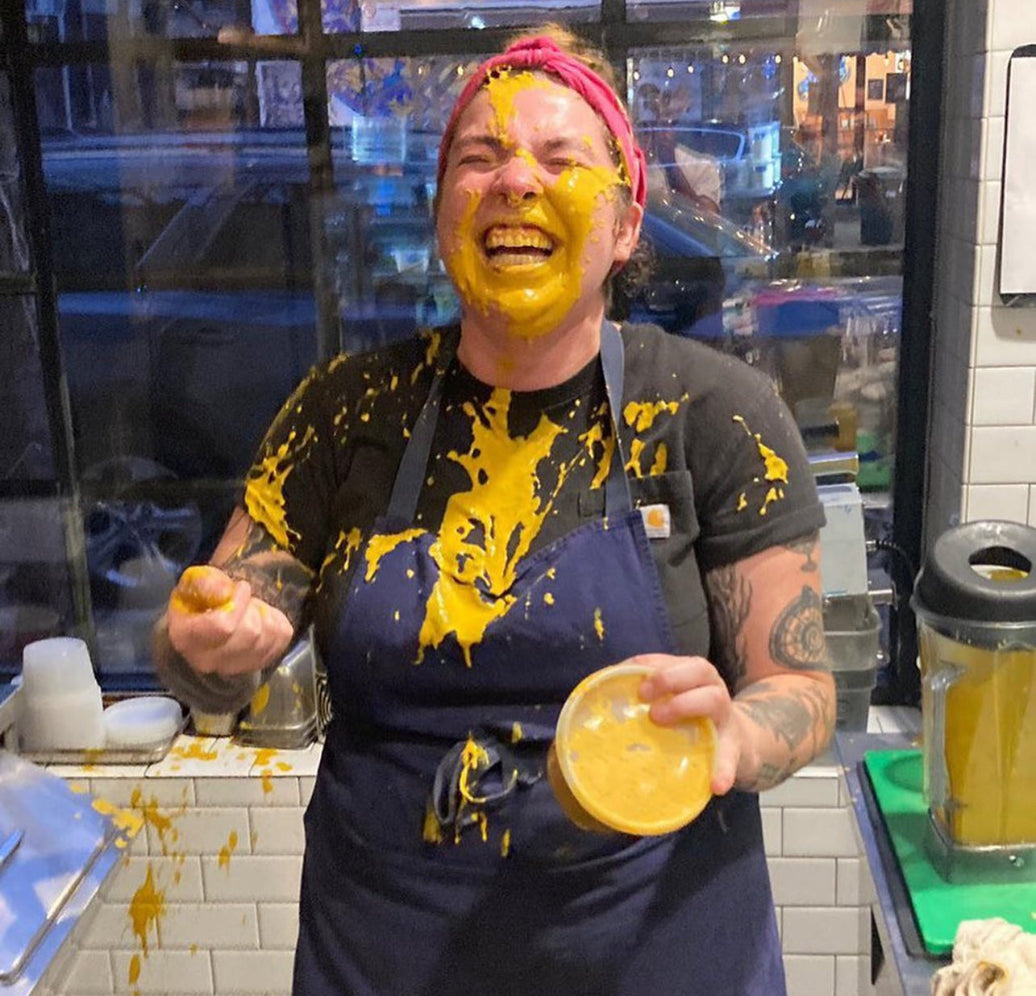
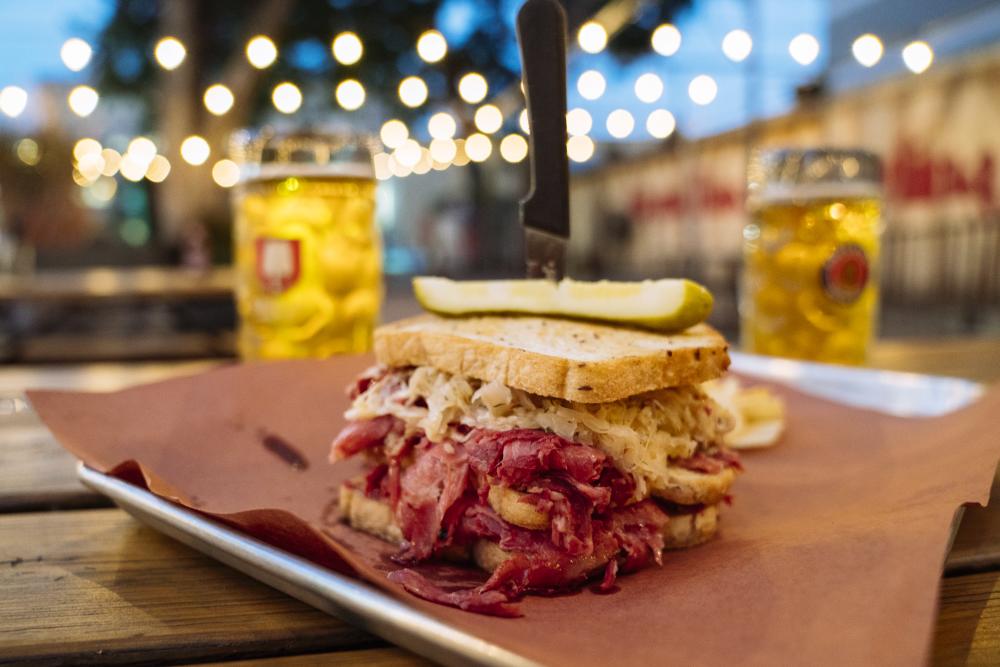



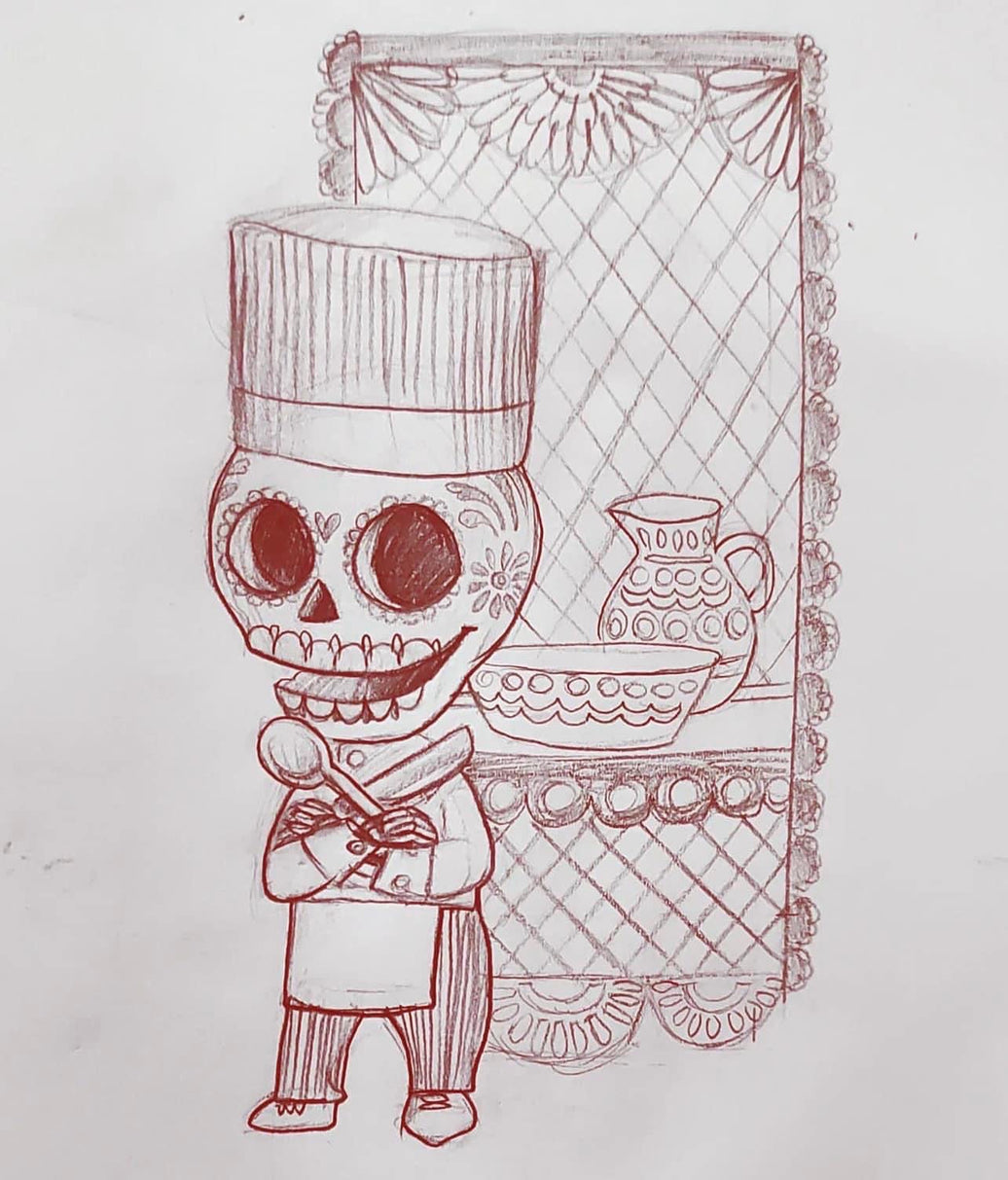



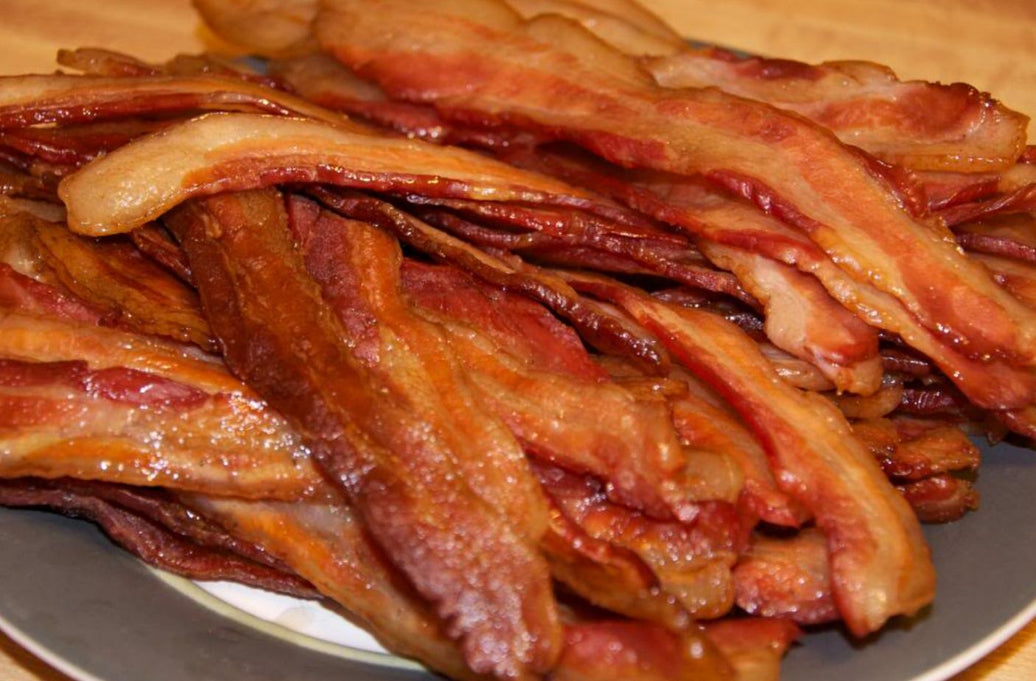

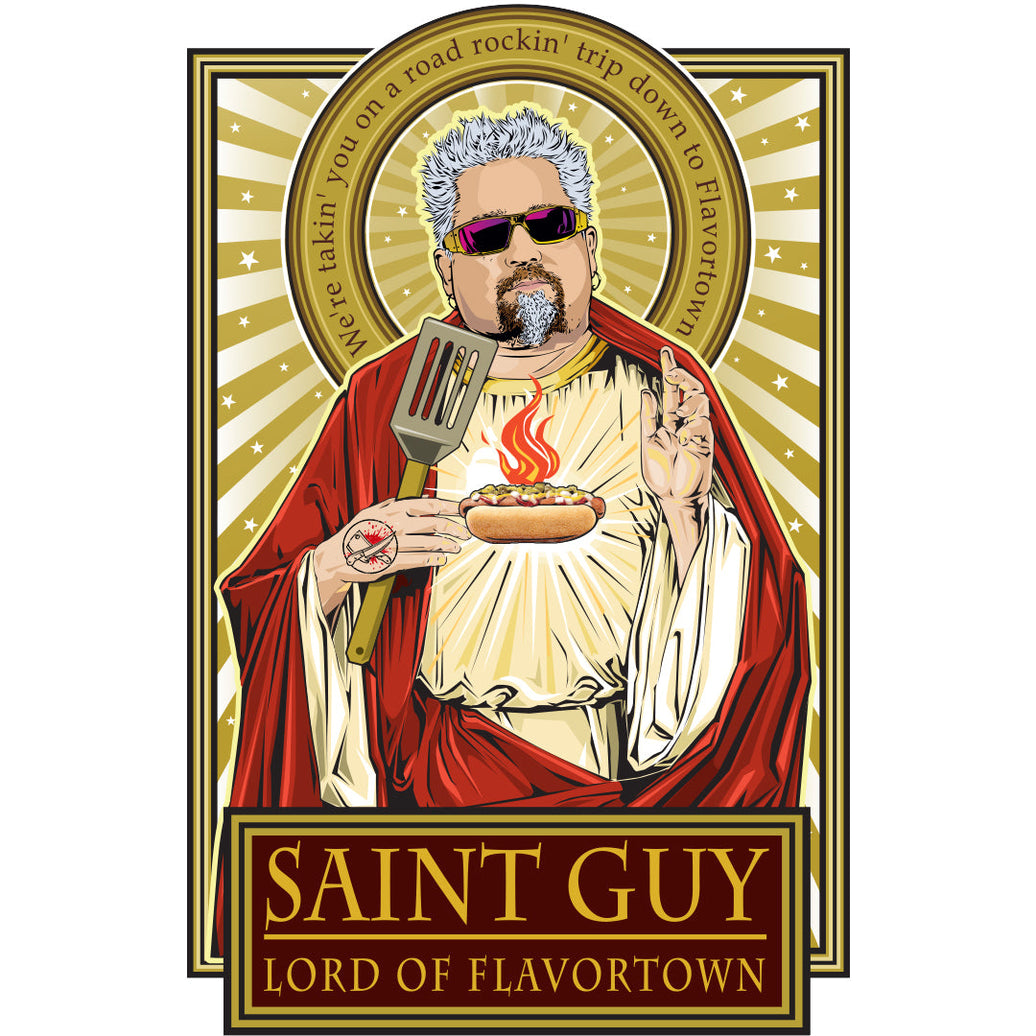



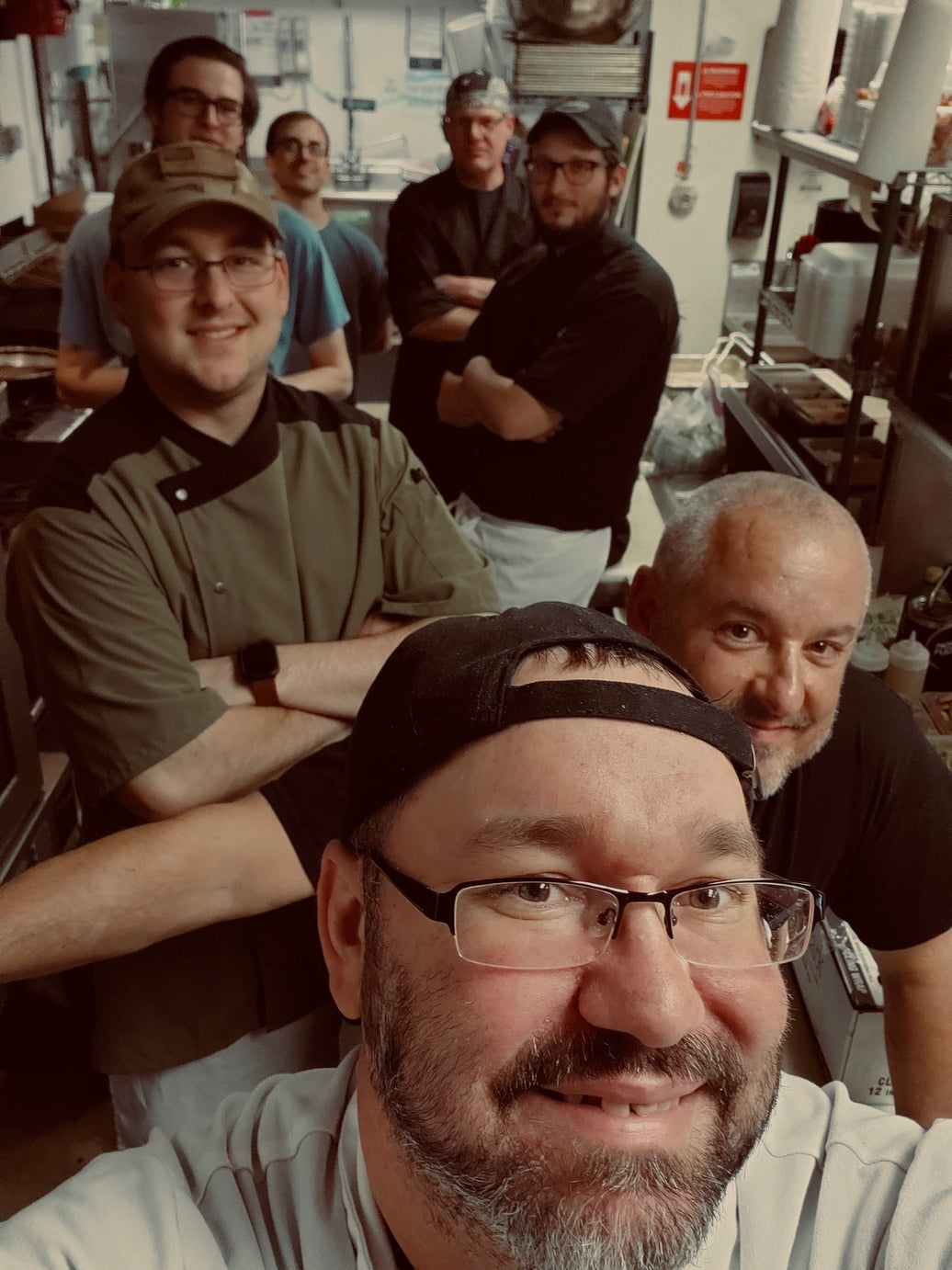
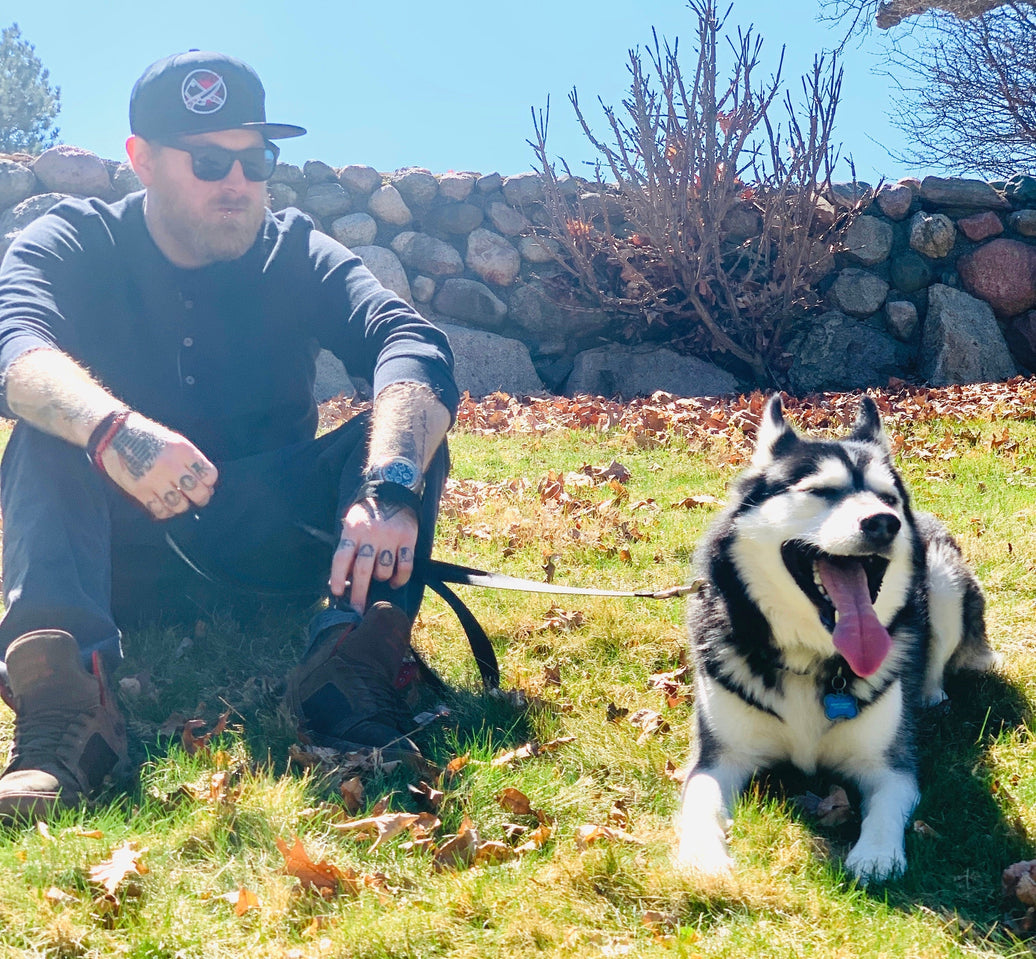

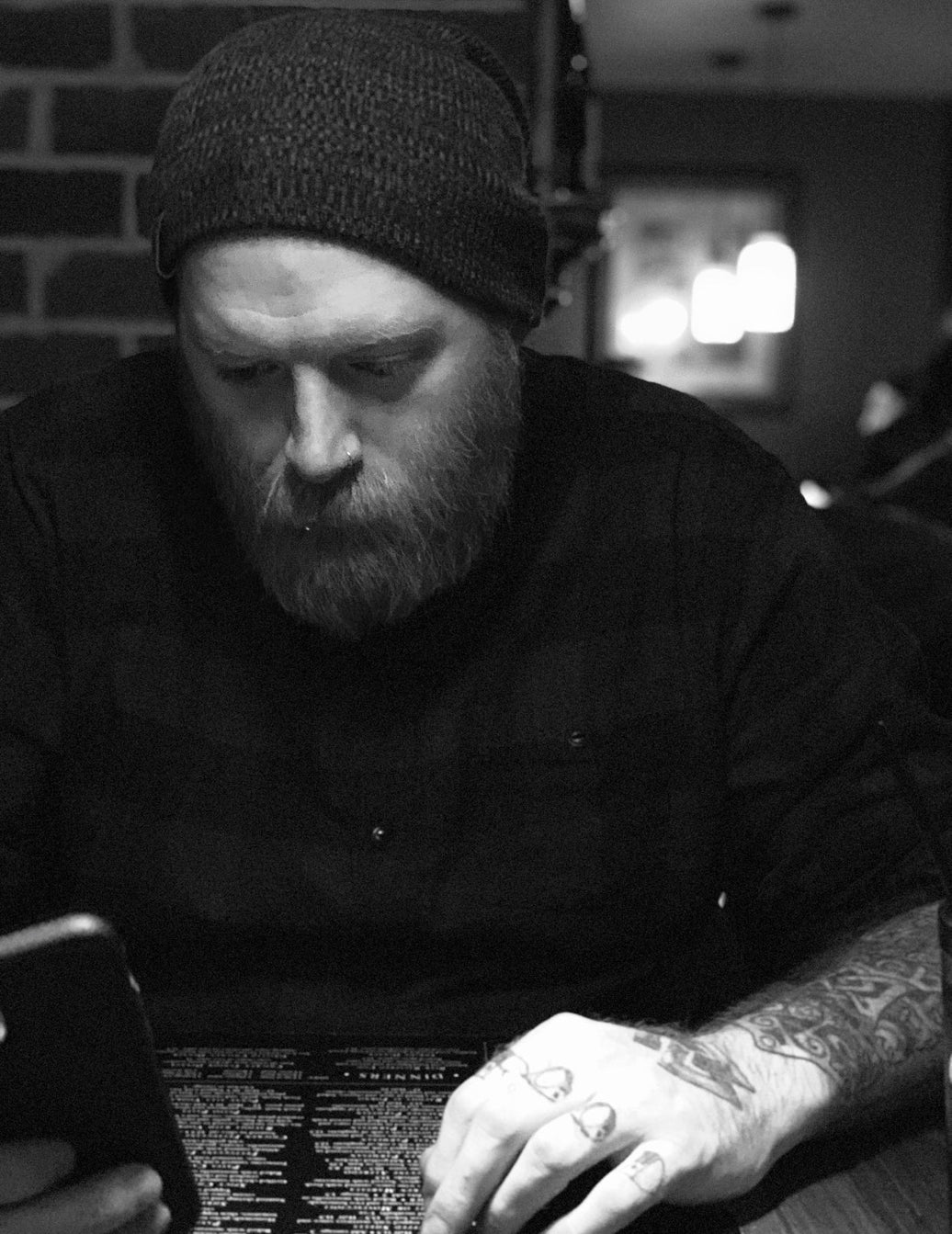


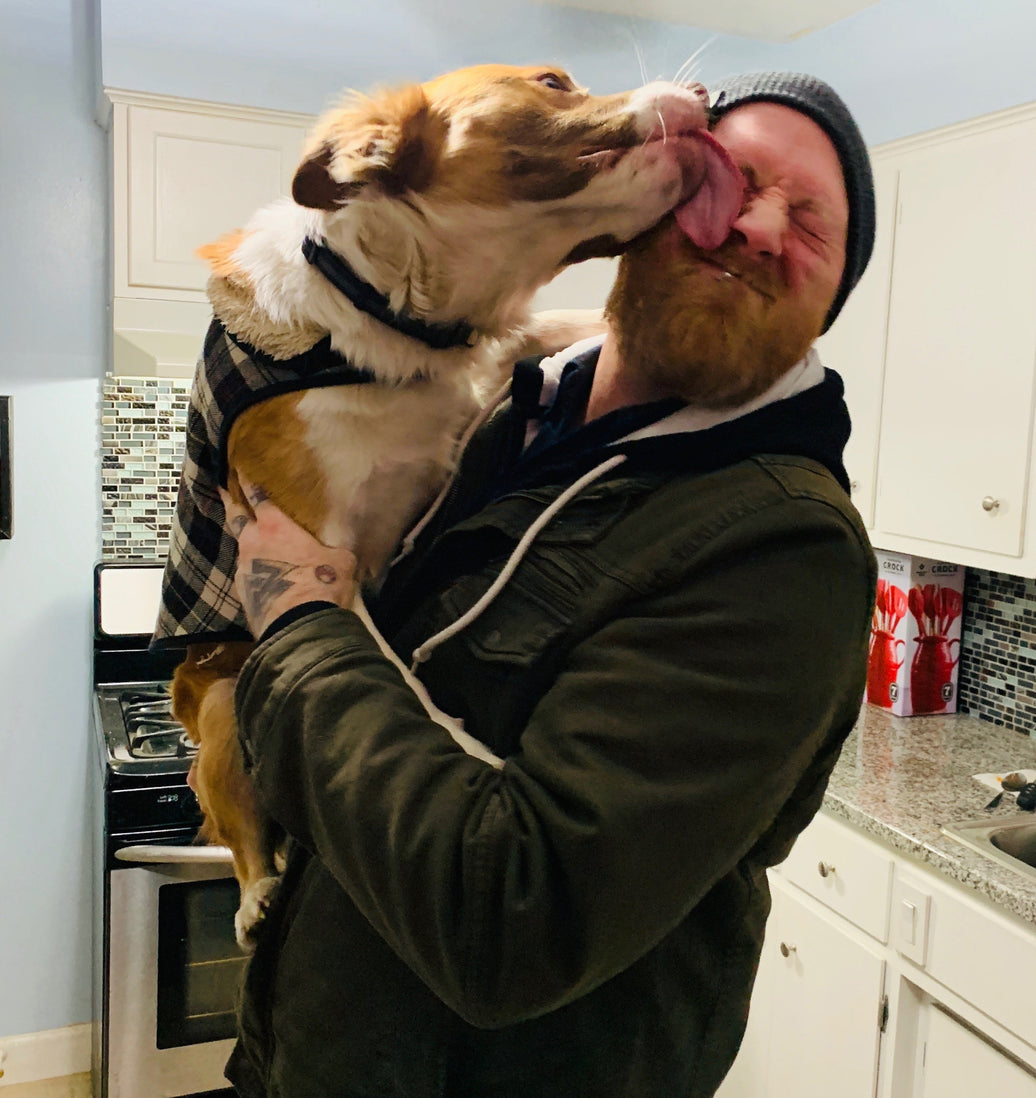

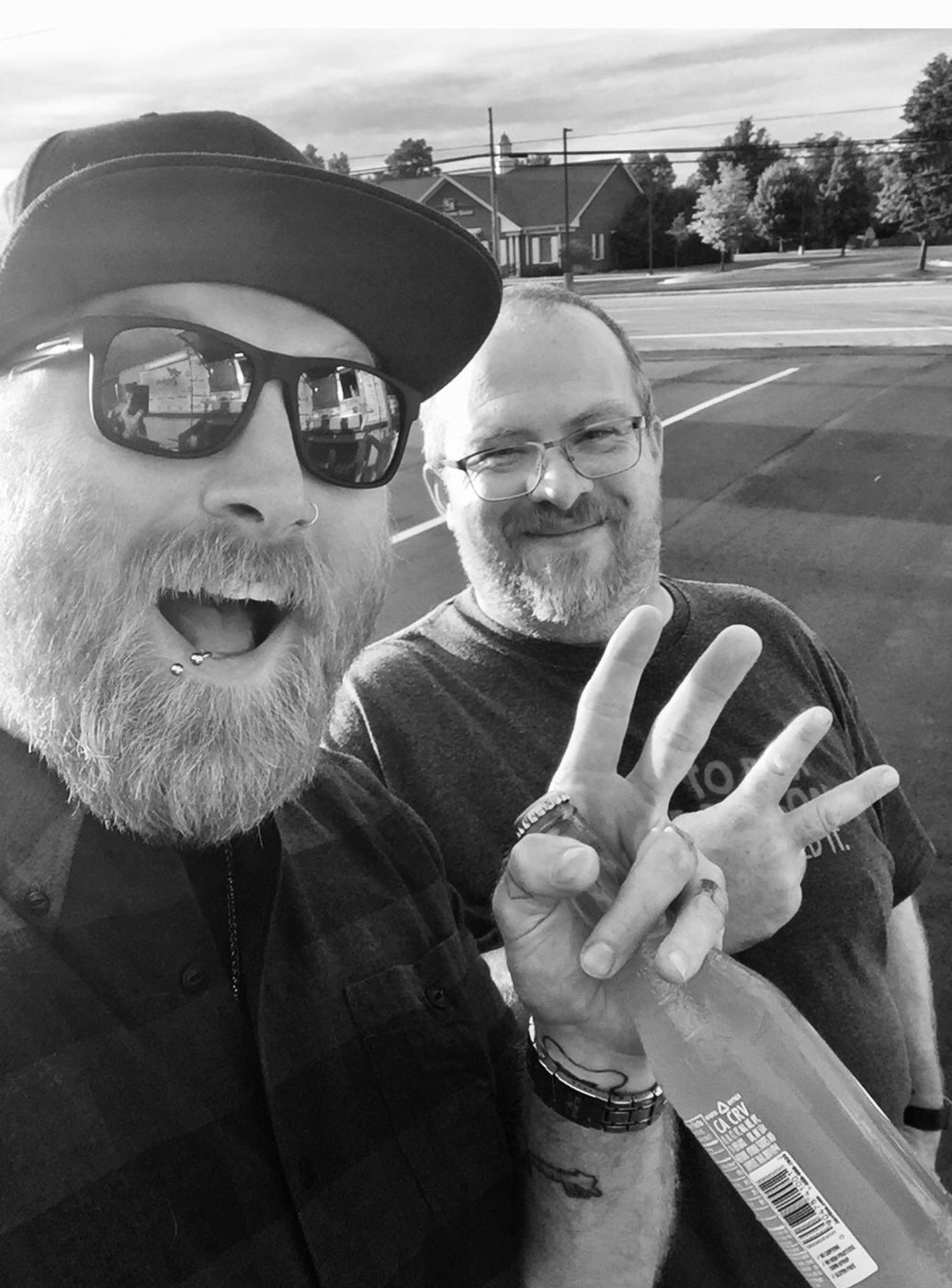


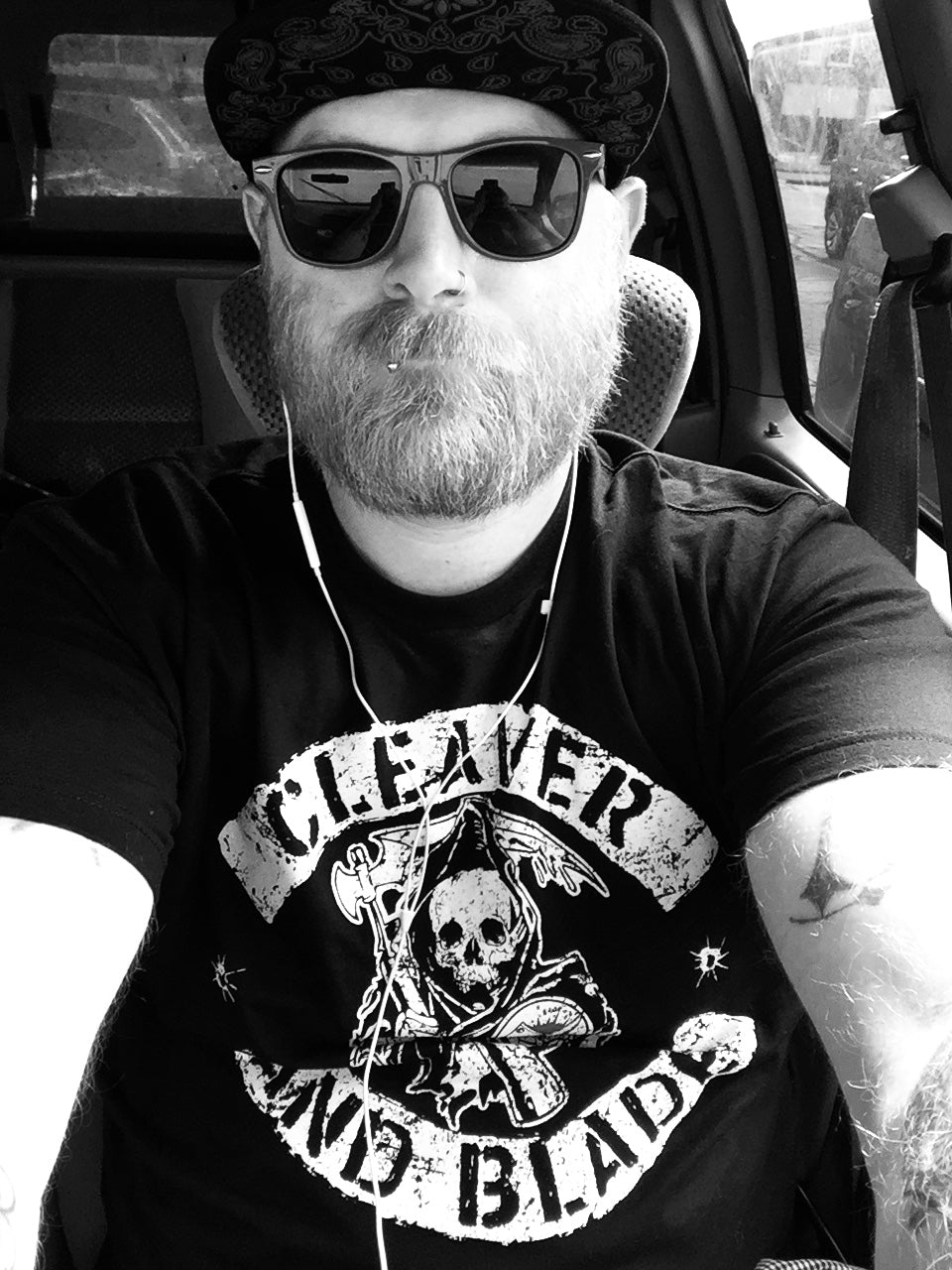
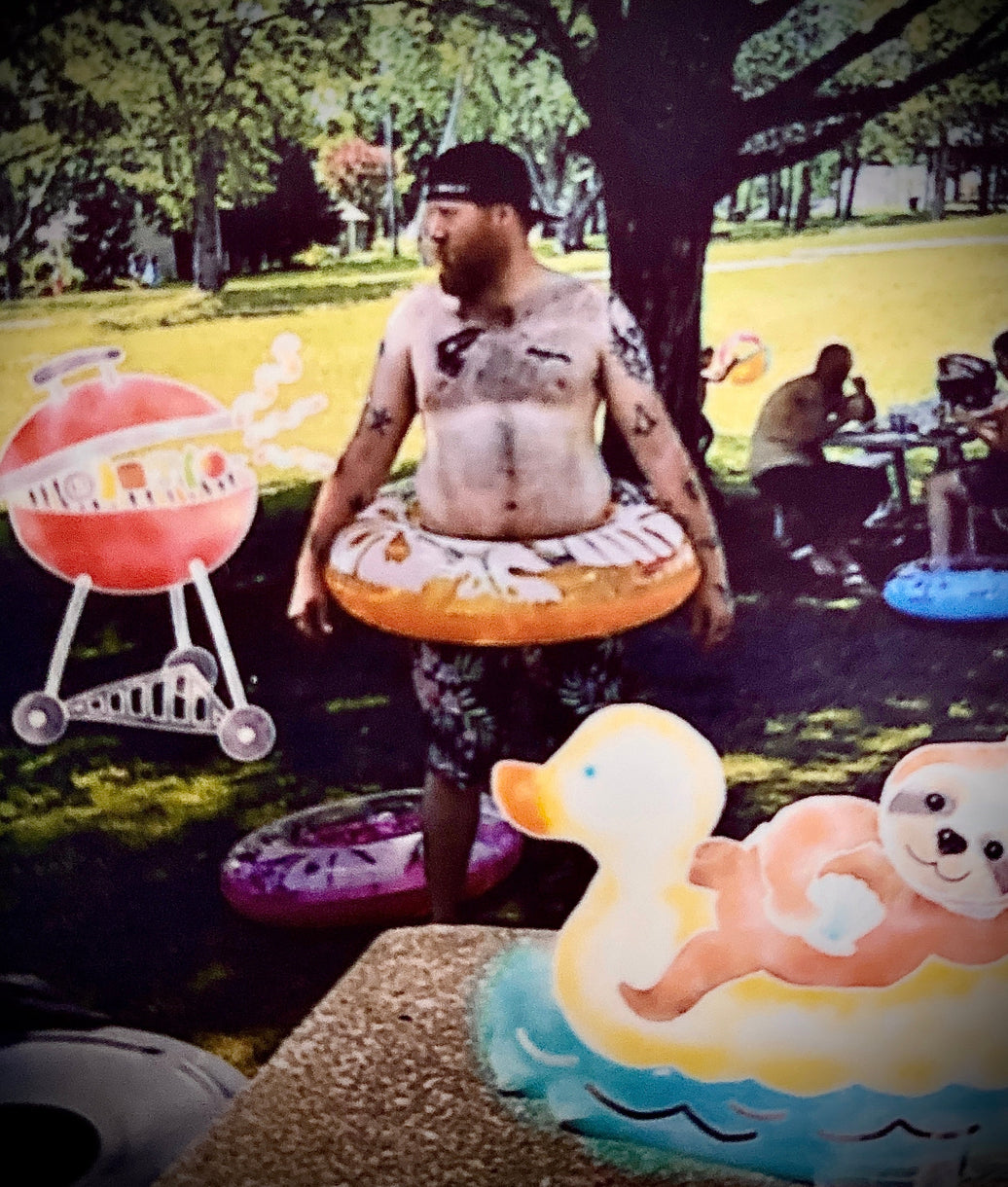

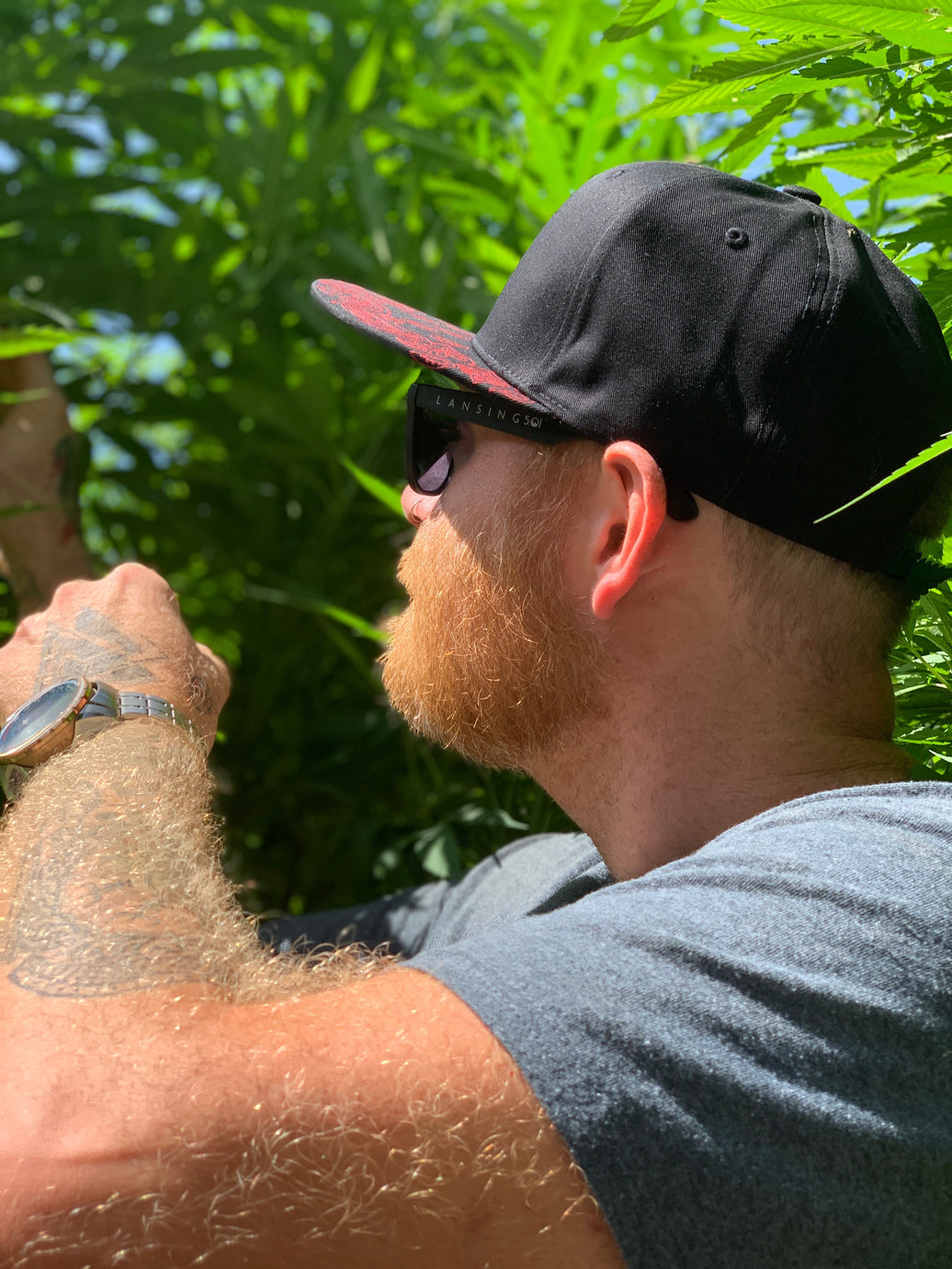
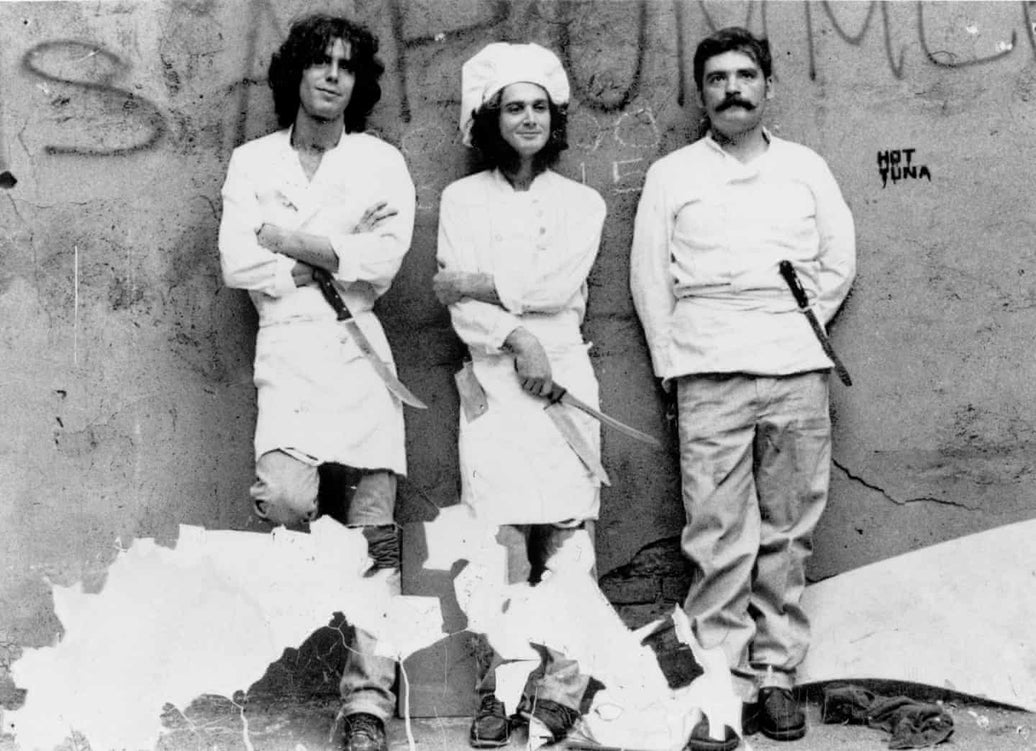

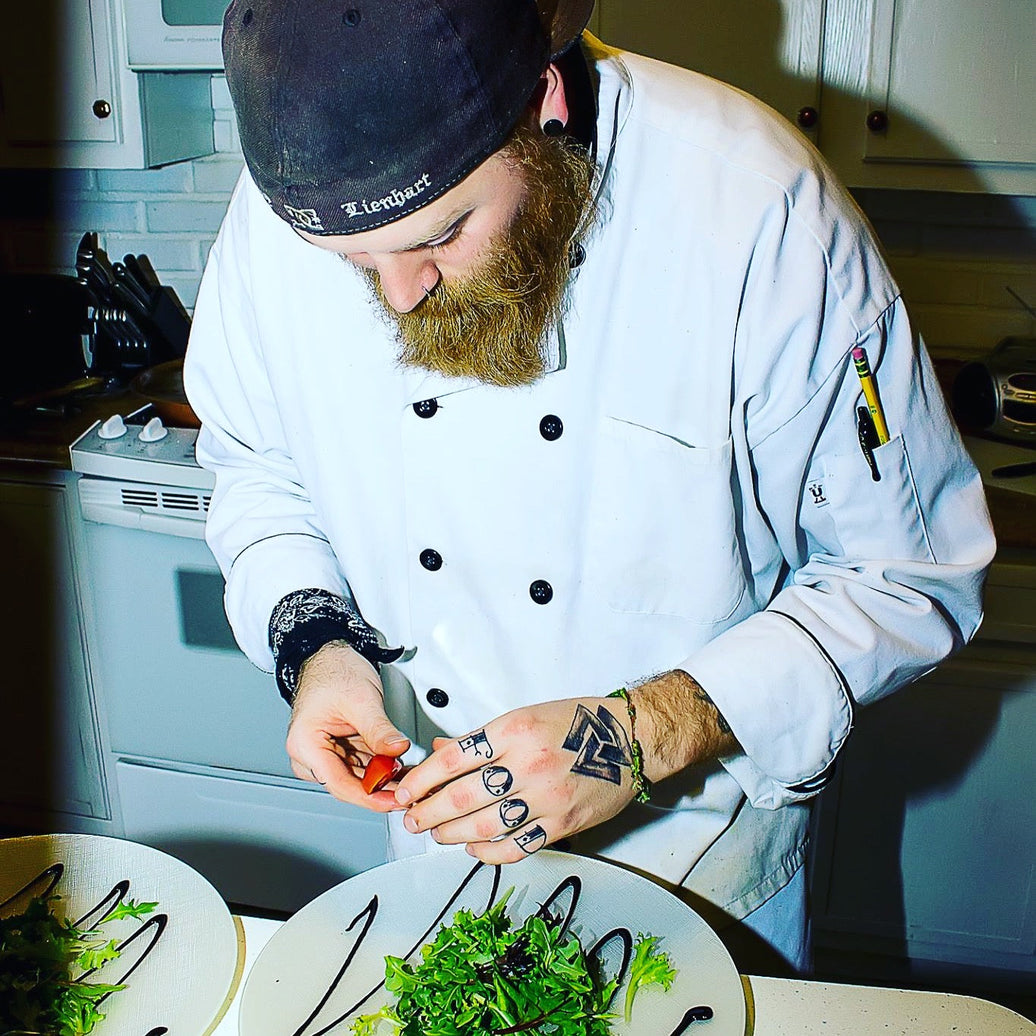
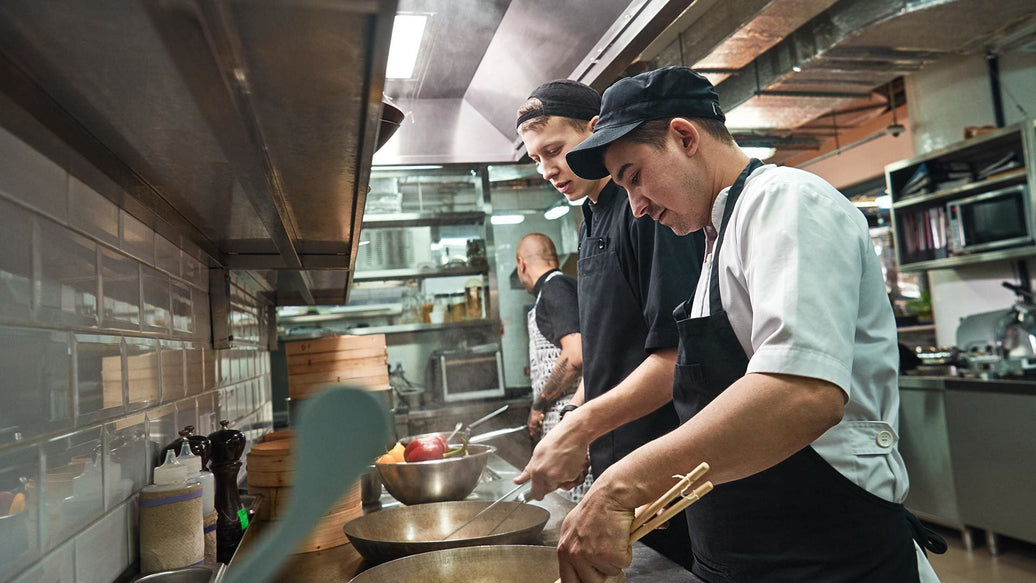


Leave a comment